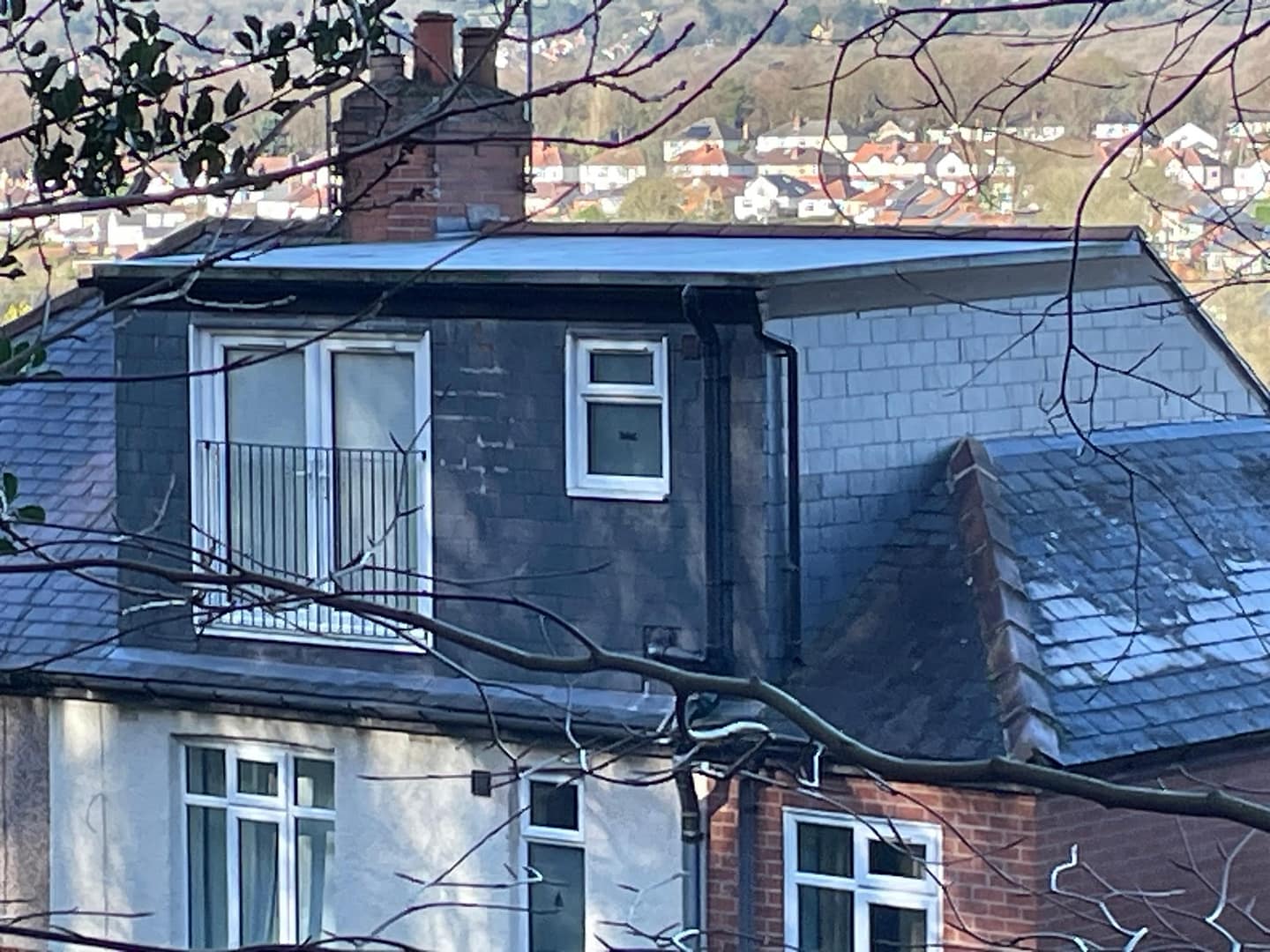The good news is that most loft conversions in Sheffield can be done under permitted development rights. This means you don’t need formal planning permission from Sheffield City Council. However, there are specific limitations on the size, design and materials used to qualify for permitted development.
When do I not need planning permission?
To pass as a permitted development which does not need planning permission, your loft conversion needs to meet these criteria:
- The materials used for the conversion must be similar in appearance to the existing house.
- The volume of enlargement (including any previous enlargement) must not exceed the original roof space by more than:
- 40 cubic meters for terraced houses. For example, a room with dimensions roughly 3.7 metres (12 feet) wide, 3.7 metres (12 feet) long, and 3.7 metres (12 feet) high.
- 50 cubic meters otherwise. For example, a room with dimensions roughly 5.5 metres (18 feet) wide, 3.7 metres (12 feet) long, and 3.7 metres (12 feet) high.
- The loft conversion must not exceed the height of the existing roof.
- On the front elevation of the house (where it faces the main road), the conversion must not extend beyond the existing roof slope.
- The conversion must not include verandas, balconies, or raised platforms.
- Side-facing windows must be obscure-glazed and positioned at least 1.7 metres above the floor of the room where they are installed.
- The eaves of the original roof must be maintained or reinstated, and any enlargement should be set back at least 20cm from the original eaves. This set back ensures that the loft conversion doesn’t dominate the external appearance of the house.
Exceptions to the rules above
If you are considering a hip-to-gable extension or are joining the original roof to the roof of a side or rear extension, it is likely that planning permission will be needed, even if the extension meets all of the criteria above.
Hip-to-Gable Extensions
If your house has a hipped roof (where all sides slope down to the walls), you can extend the hip to create a gable end, creating more loft space, as shown in the picture below. The gable end must be vertical and not sloping.
Hip-to-gable conversions often require planning permission, especially if they significantly alter the appearance of the house.

Joining the Original Roof to an Extension
If your house has an existing rear or side extension, you can sometimes join the loft conversion roof to the extension roof.
This approach can create a larger loft space while maintaining the continuity of the roofline, but will generally require planning permission.
When does a loft conversion need planning permission?
Here are some example scenarios where planning permission would be required for a loft conversion:
- If your loft conversion involves major changes to the external appearance of your house, such as adding dormer windows or altering the roof shape significantly, you’ll likely need planning permission. For example, if you plan to create a large dormer that significantly extends beyond the existing roofline, this would likely require approval.
- If you plan to raise the roof height of the existing roof you’ll need planning permission.
- The term “setback” refers to the distance between the edge of the loft conversion and the original eaves (the lower part of the roof). If the setback is not 20 centimetres (about 8 inches) from the original eaves, planning permission would be required.
- If your property is located in a conservation area, national park, Area of Outstanding Natural Beauty (AONB), or World Heritage Site, you’ll need planning permission.
- Altering the roof material (such as changing from tiles to slate) or the roof finish (such as adding a green roof) may require planning permission.
- If your loft conversion includes balconies, verandas, or raised platforms, planning permission is necessary. These features affect the external appearance and privacy of neighbouring properties.
- Installing side-facing windows in your loft conversion may require planning permission, as regulations ensure that neighbouring properties’ privacy is not compromised.
- Exceeding the specified volume limits (e.g., more than 40 cubic meters for terraced houses) would require planning permission.
- Similarly, if your loft conversion doesn’t meet the height or setback requirements, seek approval.
- If your loft conversion intends to create a separate dwelling (such as a self-contained flat), planning permission is essential.
Tools to check if you need planning permission in Sheffield
Here are some resources that can help you determine if your loft conversion needs planning permission:
- Sheffield City Council Planning Portal is the go-to hub for all planning permission needs.
- You can also use their interactive guide to help check.
For a more definitive answer, it’s always best to consult with a professional or contact Sheffield City Council’s planning department directly (you can call them on 0114 203 9183). They can advise you on your specific situation and whether you need to apply for planning permission.